What is a Steel Shank in a Work Boot? Are There Better Alternatives?
If you’ve ever wondered why your boots don’t flex in the middle like a pair of sneakers, it’s a good bet that they have a steel shank inside. A boot shank is a thin bar cemented into your boots between the outsole and the footbed to increase rigidity and support.
This thin strip is often made of steel, as it’s easy to find, cheaper than the alternatives, long-lasting, and perfect for distributing the weight and pressure applied to the sole of your boots. There are alternatives to a steel shank, such as composite or leather, and all do pretty much the same job.
If you’re unsure whether your boots have a shank inside, take one in your hands and try to bend the toe cap downwards—if you can bend the boot almost in half, you’re shankless.
What Does a Steel Shank Do in a Work Boot?
The most basic reason a steel shank is fitted to your boots is to add stability and increase rigidity. When working on rough terrain, a boot shank massively reduces foot fatigue by preventing your boot from flexing while walking on uneven ground.
Placed between the midsole and the footbed inside your boot, a shank will sit where your arches are, spreading the impact of each step over the entire sole of your boot. If you try working in sneakers for a few days on the same terrain, you’ll notice a huge difference as your feet will ache more as they flex with the ground underfoot.
Whether the shank inside your boot is steel, leather, or composite, the result is the same—your feet, especially the arches, feel more stable, less prone to discomfort, and more stable as you work.
Alternatives to Steel Shanks That Might Suit Your Work Better
While all boot shanks are there to do the same job, there are differences in how the materials used perform. Steel shanks are rigid and inflexible but aren’t as light as composite shanks or as comfortable as a leather boot shank.
Nearly all of the JK Boots range comes with a thick leather shank as standard, which is part of why a pair of JK Boots O.T. feel comfortable when you first wear them. A leather shank offers the same arch support and impact distribution as a steel shank without feeling too rigid.
A steel shank will retain its shape indefinitely, whereas a leather shank will subtly alter as you break in your boots. Over time, this subtle difference will make your work boots extra comfy, allowing you to wear your boots for even longer.
Composite and leather boot shanks are also lighter than steel, which makes the overall weight of your boot lighter. We’re talking ounces, but a few ounces every step for 12 hours a day soon adds up.
The only time it’s preferable to wear boots with a steel shank is if you’re spending all your working life going up and down ladders or scaffolding. The increased rigidity in the steel shank will prevent any flexing in the sole of your boots, making them ideal linesman boots.
Knowing the benefits and subtle differences between a steel or leather shank, the JK Boots Climber range is one of the few boots we had to use a steel shank for. Keeping all the weatherproof, hardwearing properties of our other classic boots, the steel shank in the Climber adds that touch of steel that’ll protect your feet, regardless of how high you’re climbing.
For our other ranges, leather shanks are the way to go—premium leather shanks that’ll hold firm but still give enough to keep your feet moving as they should. In winter, the last thing you want under your feet is a piece of steel absorbing the cold and transmitting it into your frozen feet.
The JK Boots Arctic No. 1 - Black leather shank won’t absorb the cold like a steel shank. Given that our Arctic range of boots can withstand freezing temperatures, you’ll be glad to add an extra layer of thick leather to stave off the cold. Leather is a much better insulator than steel, and a leather shank is a premium option for cold-weather boots.
Non-Conductive Materials Matter
Another benefit to a leather shank is that it’s non-conductive, making it the ideal material for working around electrical hazards. The shank in a boot should never be visible to the naked eye, but any wear and tear that has the shank exposed could increase the risk of electric shocks.
The fact that a leather shank won’t set off a metal detector might seem like a trivial thing unless you're working in a security environment, such as a prison or airport. You may be required to pass through metal detectors regularly.
If you’ve bought soft-toe boots to get through a metal detector without removing your boots, a steel shank will soon have you scratching your head as you try to understand why alarm bells keep ringing. You’ll avoid these issues with a leather shank while staying just as stable and secure and being able to move freely through security checks.
Leather Boot Shanks Top The List
Unless you’re going up and down ladders or trees on a regular basis, there’s a clear advantage to having a leather shank in your work boots. Rigid yet able to contour to your needs, a leather boot shank is warmer, more comfortable, and less conducive than a steel shank.
Working on hard or uneven ground, a leather shank will dissipate impact across the entire sole, reducing foot fatigue and protecting the arches of your feet. It’s a factor in why putting on a pair of JK Boots O.T. boots for the first time feels like you’ve been wearing them for years.
Not all boots come with a shank, but you’d soon start to feel the aches as your flexible sole transmitted every impact through your feet. Every stone, boulder, or branch you step on would push into the sole of your foot, causing serious discomfort, so ensure you know what type of shank your boots come with before purchasing them.
We hope you’ve found this article helpful and that it has helped you understand just how vital this lightweight, invisible strip of material can significantly impact your day-to-day quality of life. If you’ve got an opinion on the best material for a boot shank, leave us a comment below.
FAQs
What are the different types of boot shanks?
Boot shanks come in various materials, the most common being steel boot shanks. You can also find leather boot shanks, composite, carbon fiber or kevlar, nylon, and thermoplastic. While steel is the most rigid and commonplace shank, leather is more resilient and non-conducive to cold or electrical currents.
Does steel shank mean puncture resistant?
While a steel toe cap can and does stop punctures from reaching your toes, a steel shank between the outsole and midsole won’t prevent punctures. The material isn’t wide enough to protect the sole of your foot—it’s a strip of thin steel, not a plate. While a steel shank, combined with a thick, durable sole, can reduce puncture risk, it’s not designed to prevent punctures.
Do all steel-toe boots have a steel shank?
Not all boots have a steel shank—you can buy boots that don’t come with a shank at all. Work boots usually have a shank of some sort, as the more strenuous use requires your boot to have more stability and rigidity while working on uneven ground. Leather, composite, and even wood have been used to make boot shanks, though steel is the most common as it’s cheaper to use.



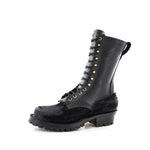
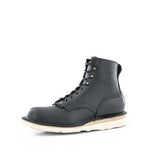
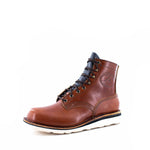

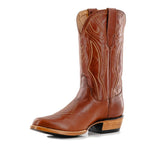
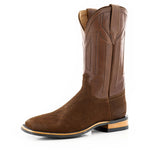
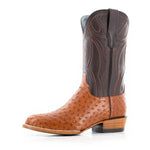


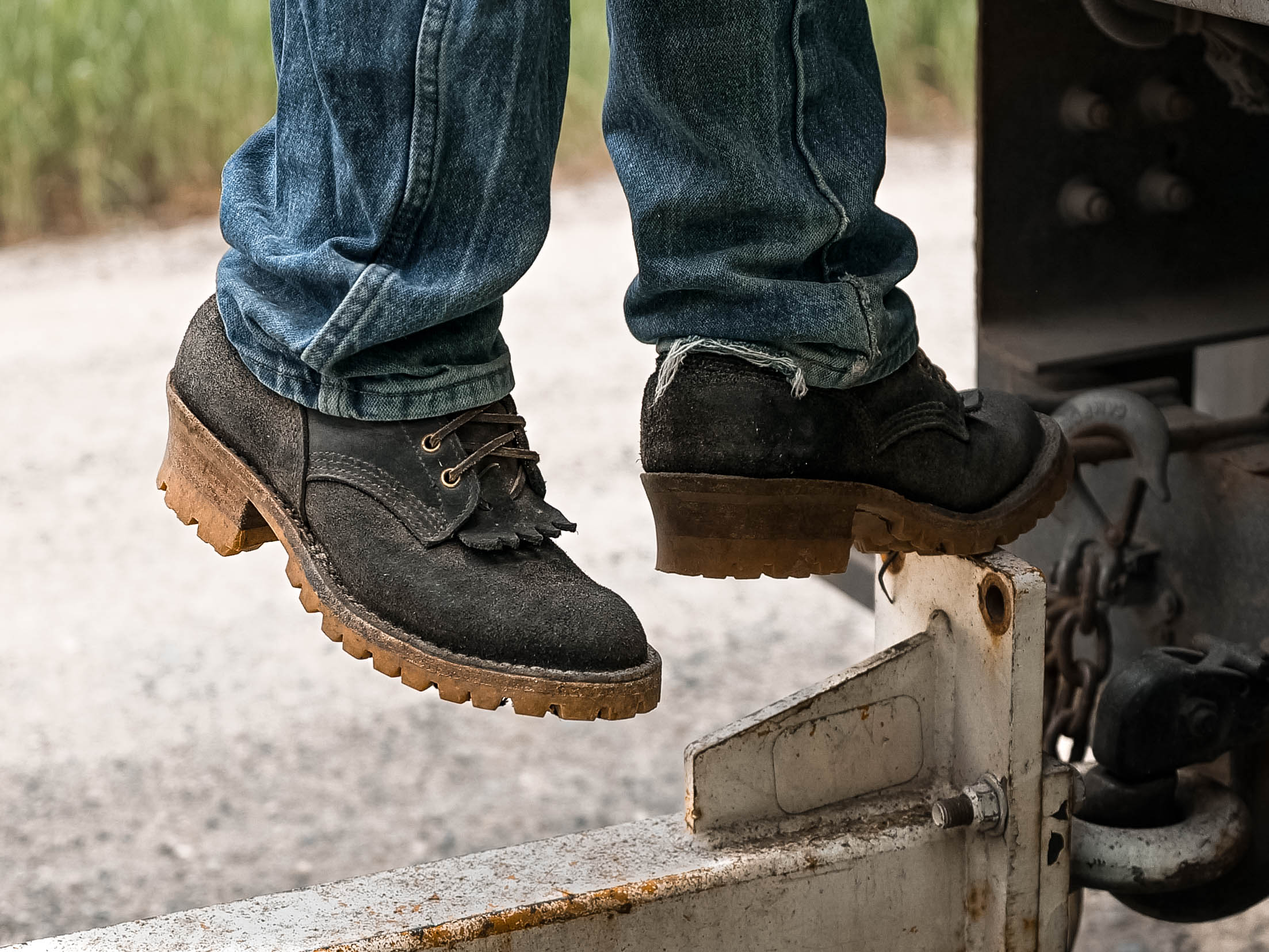



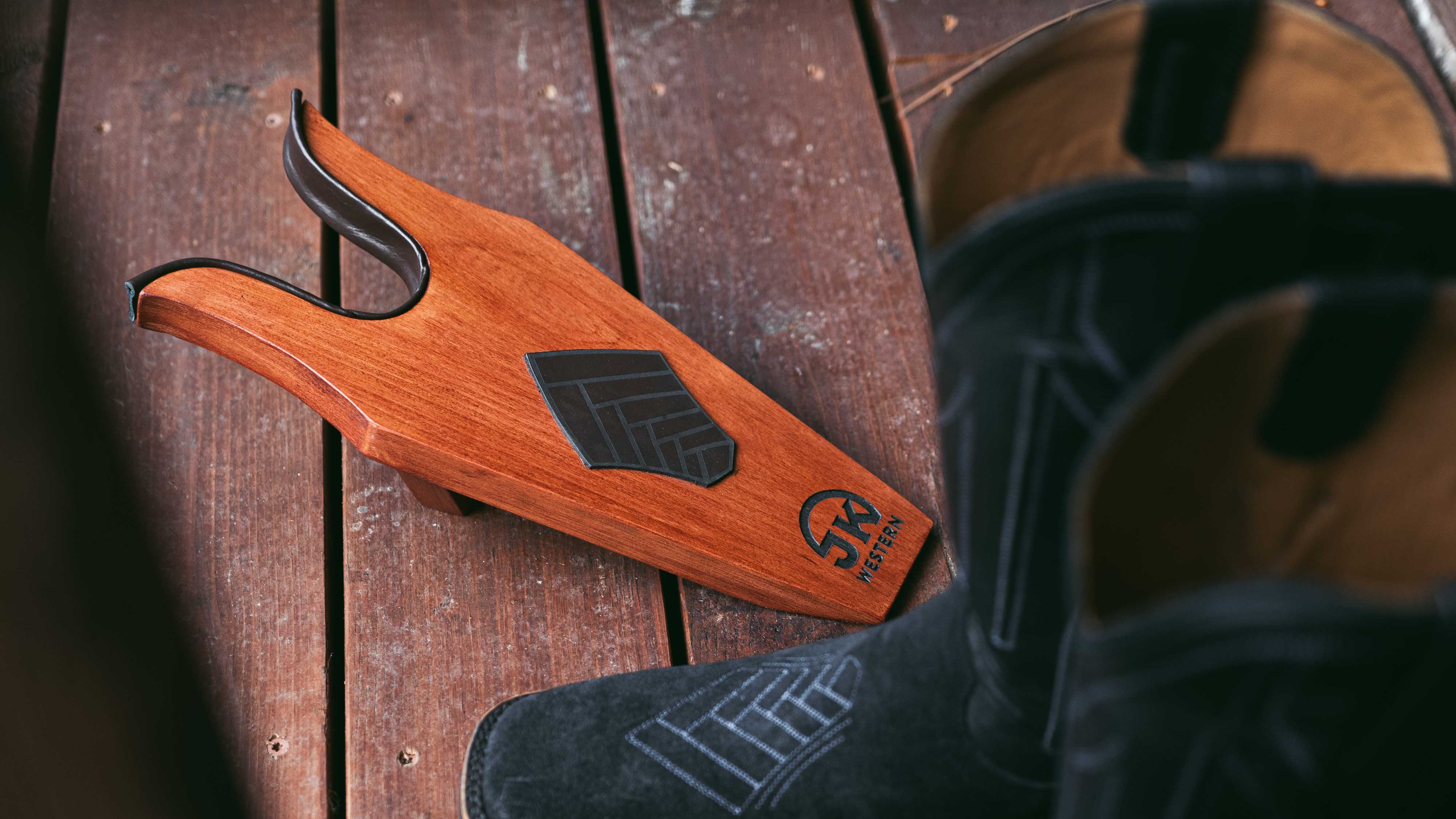
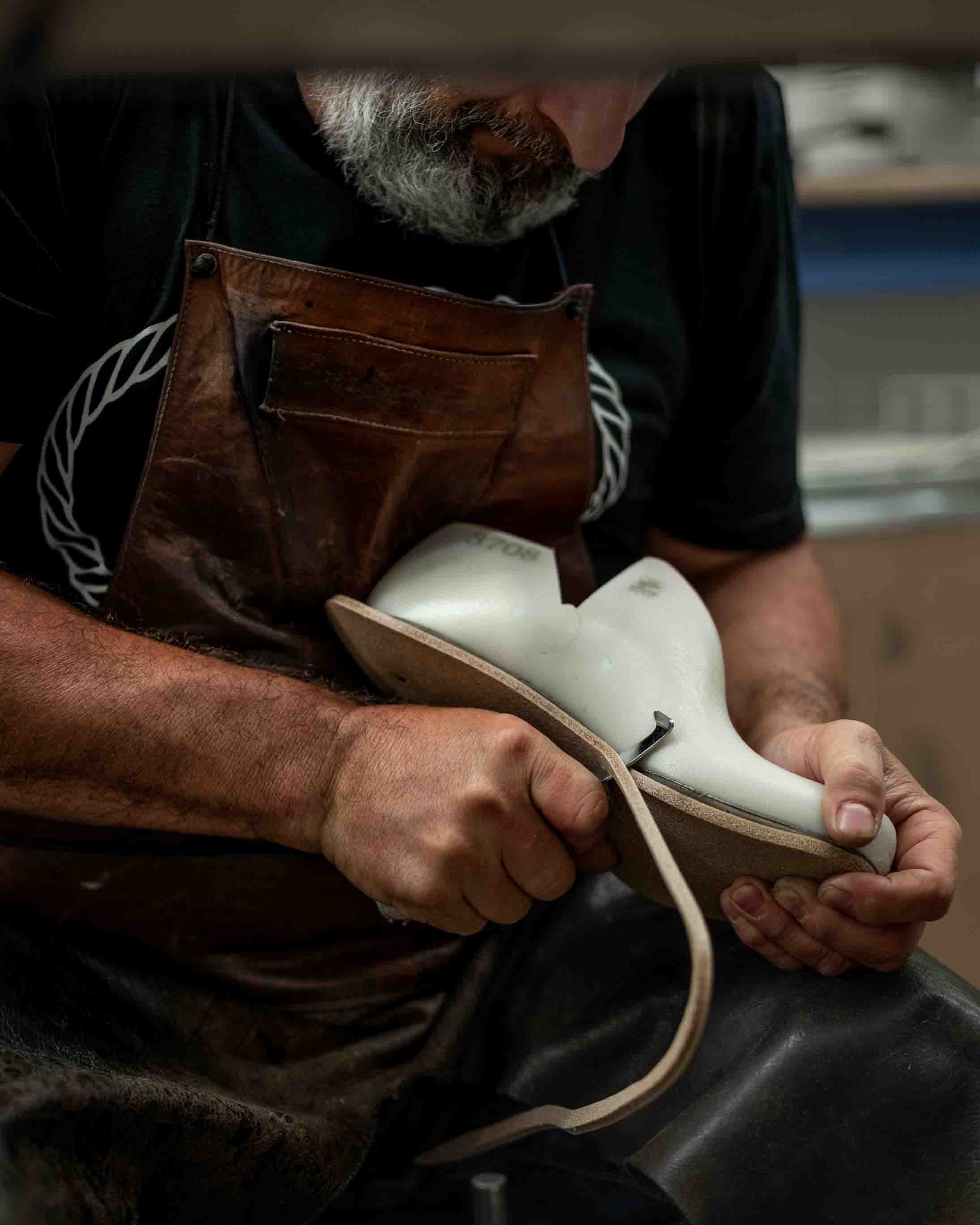


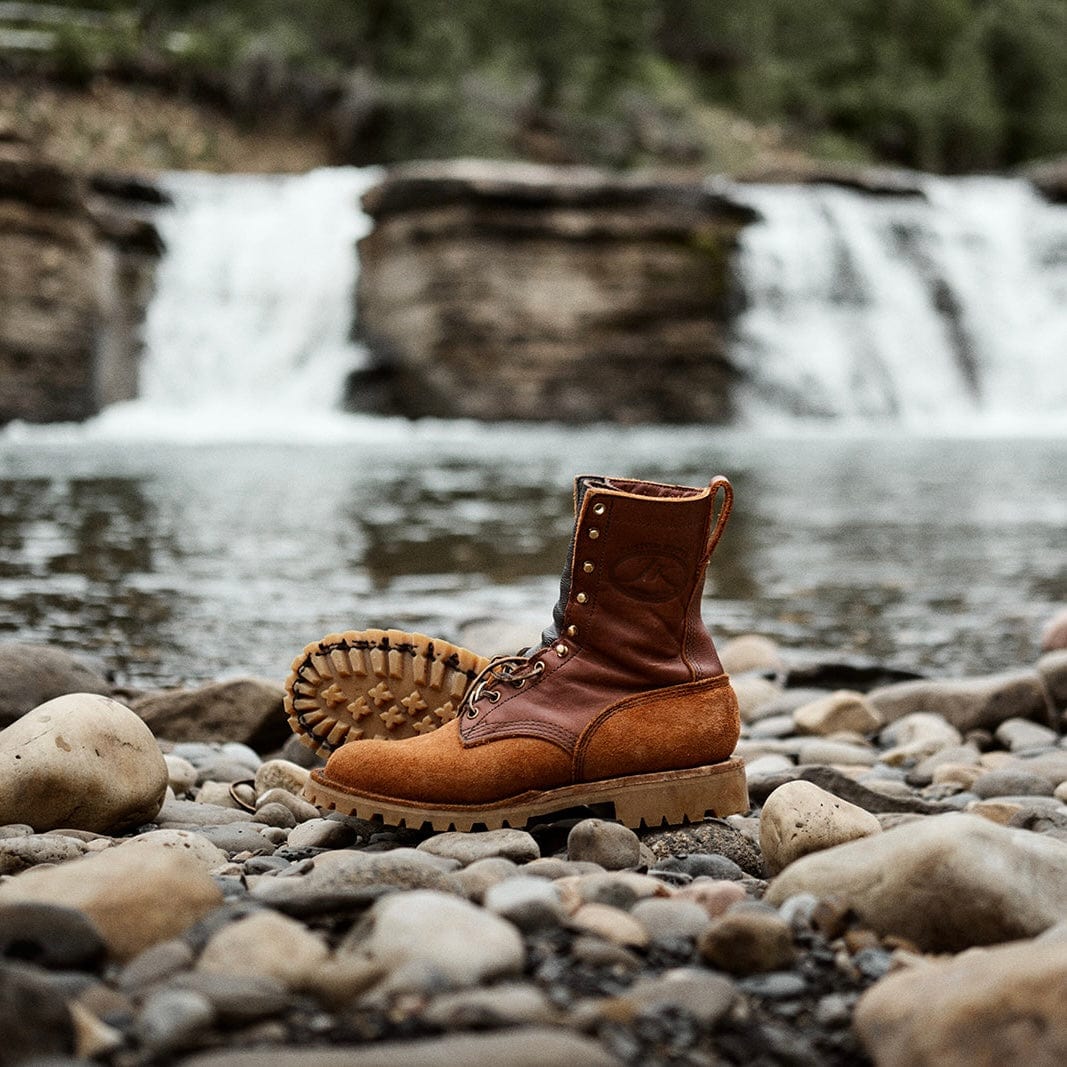
I am a woman and need a steel shank shoe/ boot for work
Leave a comment